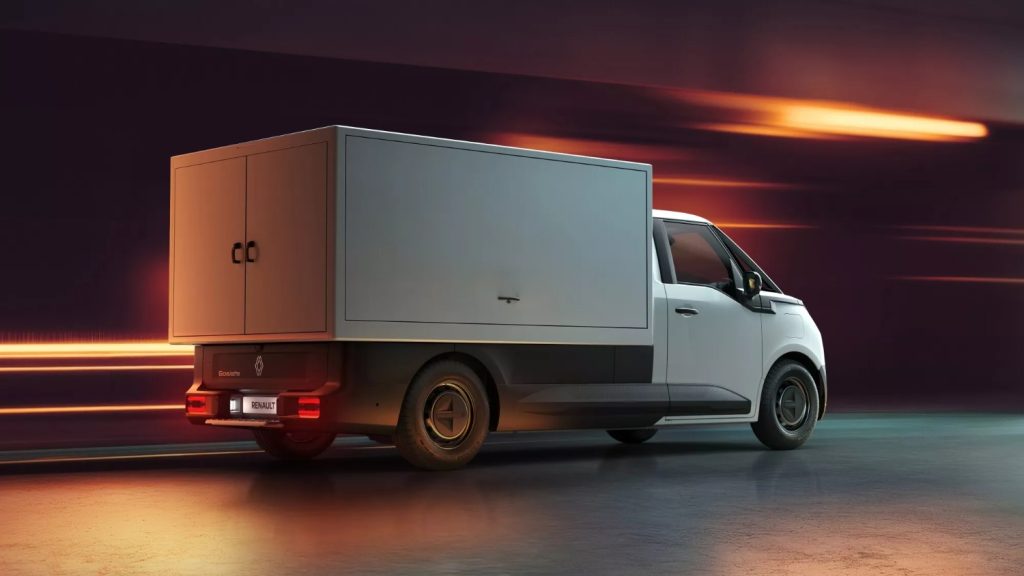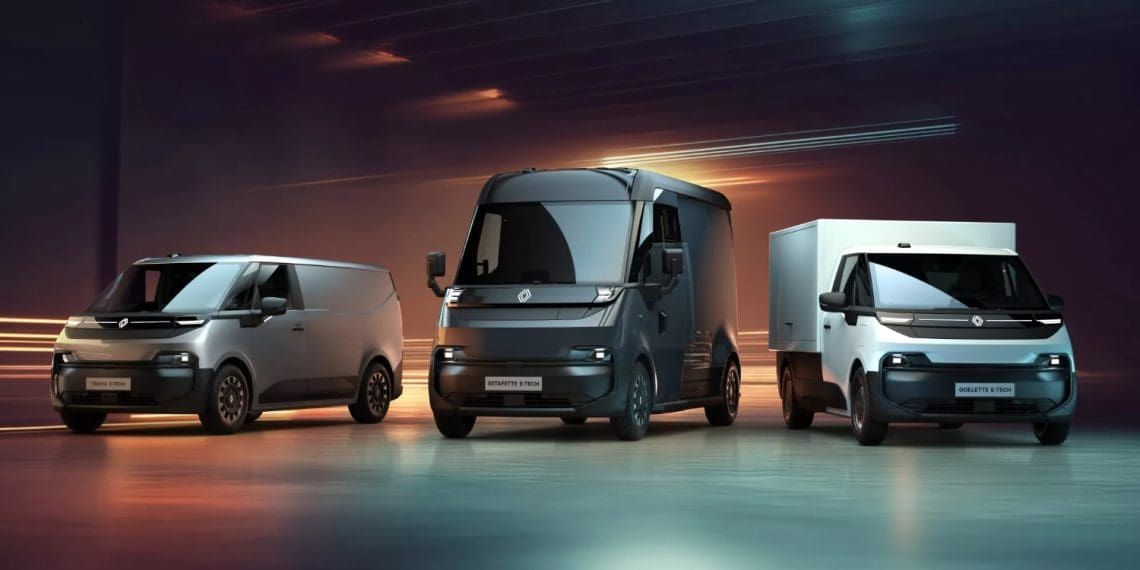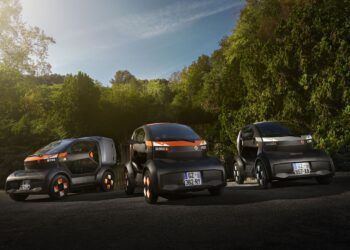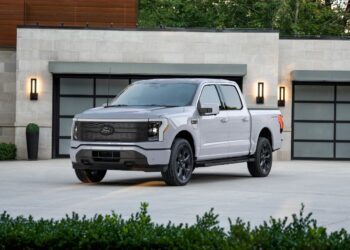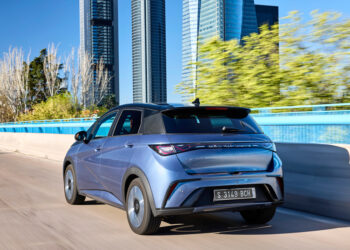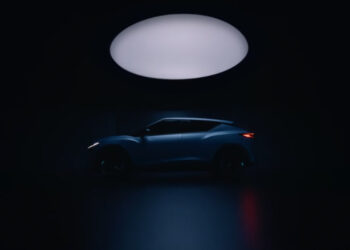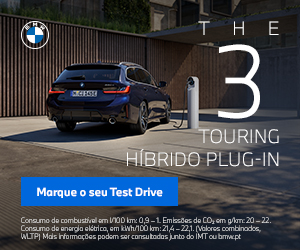A historical leader in the design of vans and a pioneer in electric Light Commercial Vehicles (LCVs), Renault has taken another step to strengthen its market leadership by presenting a new generation of 100% electric light commercial vehicles, designed with today’s professional demands in mind.
Pioneering 100% electric utility vehicles with the Kangoo for 15 years, Renault has always maintained an innovative and business-oriented approach in its range dedicated to professionals.
This time, the French brand takes another step forward with the Trafic, the Goelette, and the Estafette, the first Renault models developed with the SDV (Software Defined Vehicle) architecture by Ampere, and which are available with 800V technology, charging the battery from 15 to 80% in less than 20 minutes, for a range of up to 450 km WLTP.
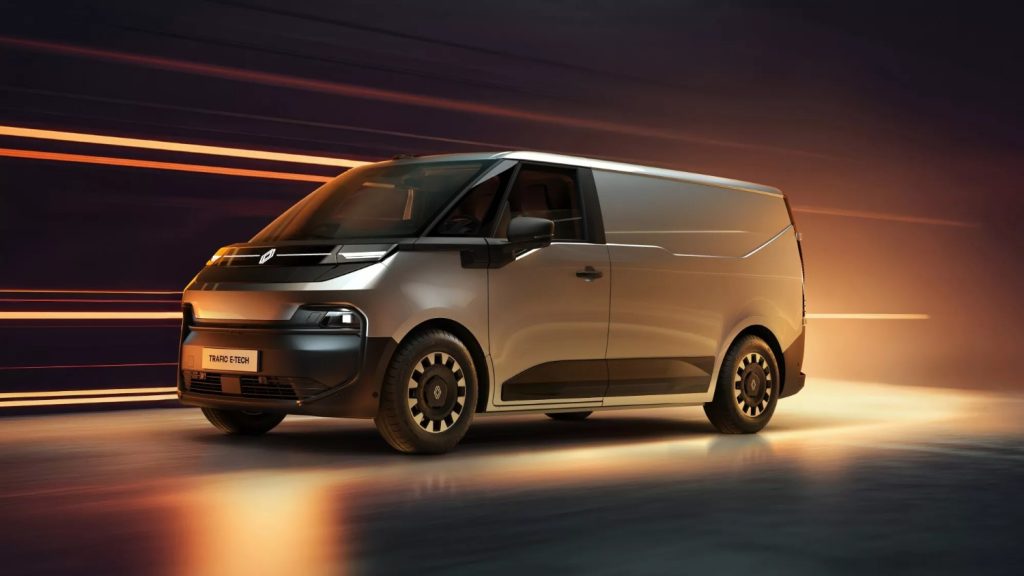
The three models that AutoGear explored in Paris are built on a new fully electric “skate” platform, designed to optimize load capacity relative to the space occupied, with a minimal front overhang and the powertrain mounted at the rear. This solution allows for a turning diameter as small as that of a Clio (10.3 meters). In addition to being zero-emission vehicles, Renault’s new light commercial vehicles promise easy urban use, considering their compact dimensions and agility.
For greater flexibility of use, the Trafic, Goelette, and Estafette E-Tech are offered with two battery solutions: For urban use, Renault proposes a 60 kW lithium iron phosphate (LFP) battery, which requires fewer rare earth materials and promises a range of about 350 km WLTP (in the Trafic).
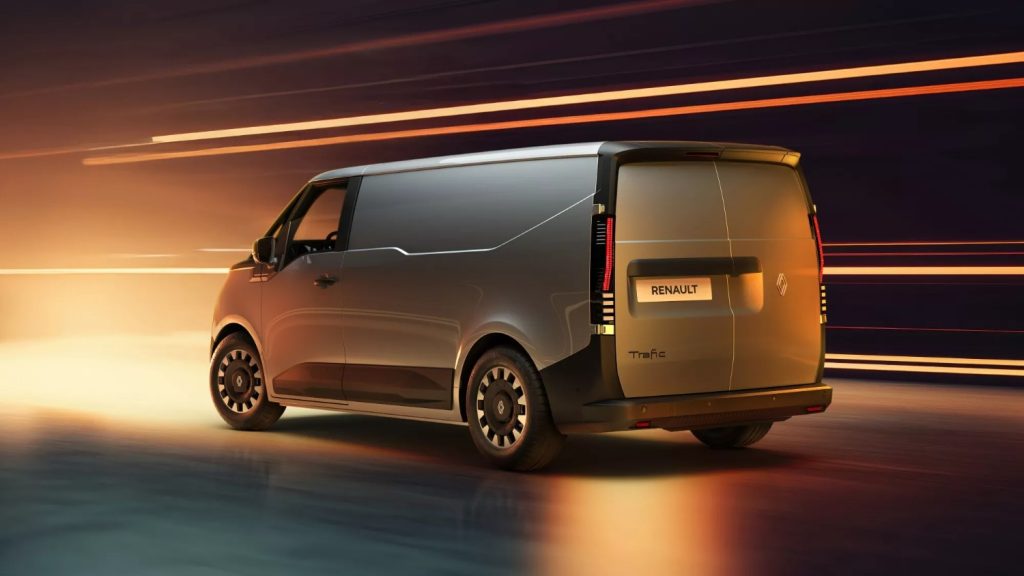
For drivers who cover many kilometers, the 81 kWh battery, with nickel-manganese-cobalt (NMC) technology, offers a higher energy density for a maximum range of about 450 km WLTP (Trafic).
Additionally, both types of batteries power a new electric motor with 150 kW and 345 Nm, produced in Europe, which according to Renault, stands out for its high efficiency: 95% of the electrical energy is converted into mechanical energy.
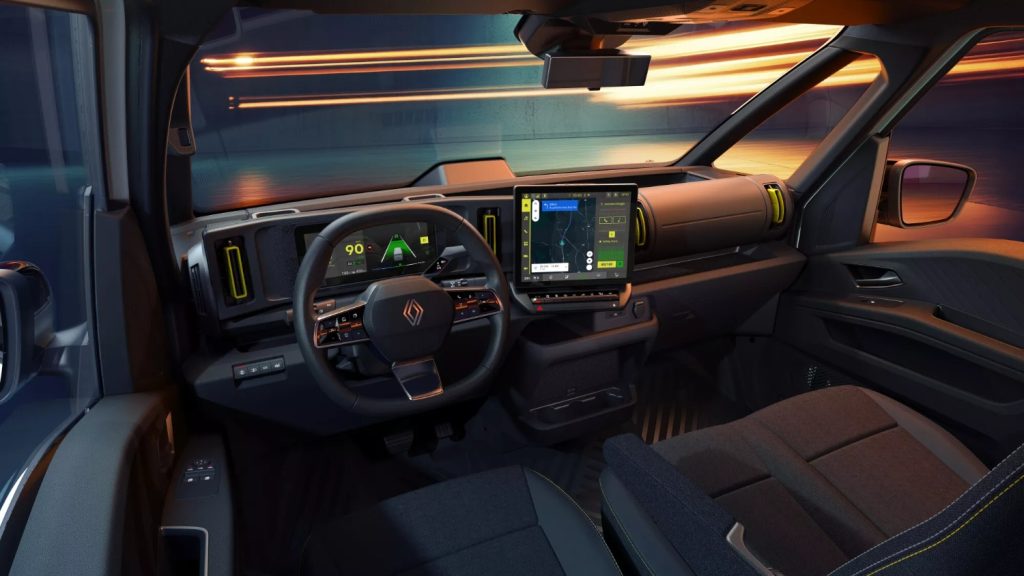
Hyper-connected and open, the Trafic, Goelette, and Estafette are the first Renault vehicles to benefit from a centralized, evolutionary, and flexible SDV architecture. This way, they will receive automatic updates to ensure a long lifespan. Moreover, the three models also benefit the ecosystems of the professionals who use them, integrating their digital interface at the heart of the vehicle, thanks to the modularity of the SDV architecture software.
Supported by SDV technology, the Trafic, Estafette, and Goelette also feature a next-generation openR multimedia system, equipped with a 12” screen and optimized for light commercial vehicles.
Equipped with the largest screen in the range, this system offers navigation specifically designed for light commercial vehicles, taking into account their dimensions, load, etc., to avoid inappropriate routes.
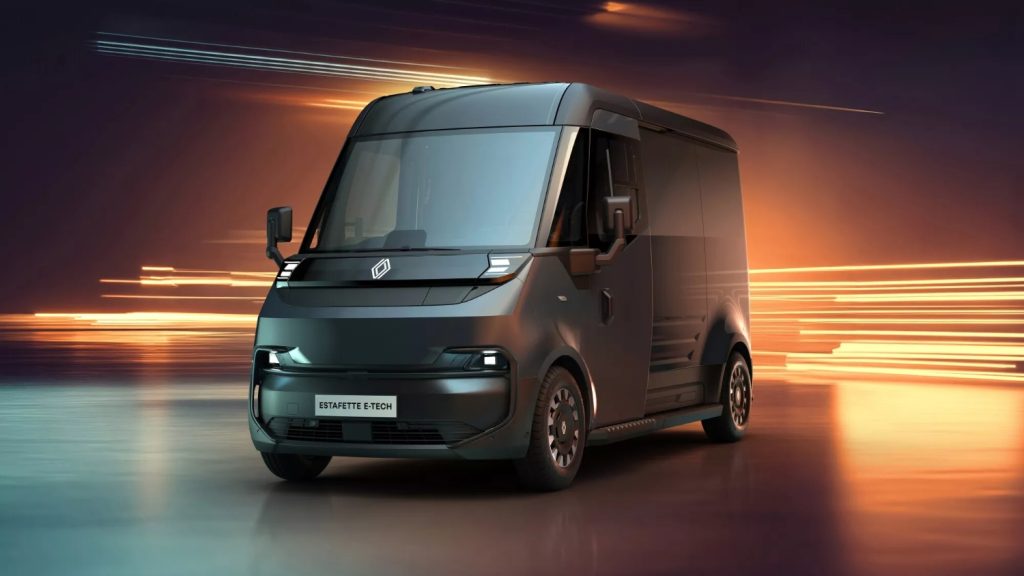
Thus, the electric route planner provides the best itineraries, suggesting optimized charging stops, thanks to greater accuracy in consumption analysis. In addition, Google Automotive services, including Google Assistant and Google Play, will also be available.
In terms of safety, the Trafic, Estafette, and Goelette feature the Safety Coach onboard service, which utilizes various vehicle sensors and artificial intelligence to assess the risks faced by the driver, taking into account: the vehicle’s speed, safety distances, trajectory management, lane changes, and monitoring.
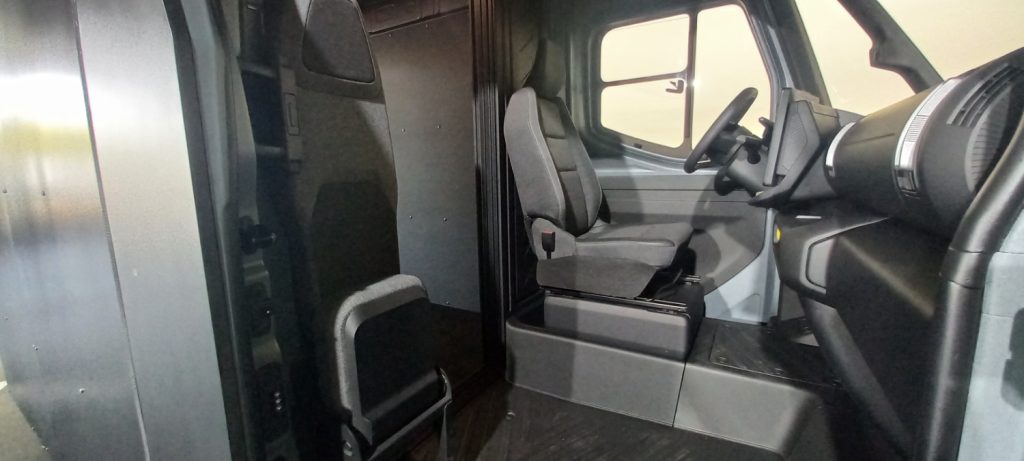
Based on the collected data, the system provides the driver with a score of 100 (safety score) at the end of the trip, along with advice based on the results.
On the other hand, the Safety Monitor will present real-time information about driving behavior directly on the instrument panel, keeping the driver continuously informed.
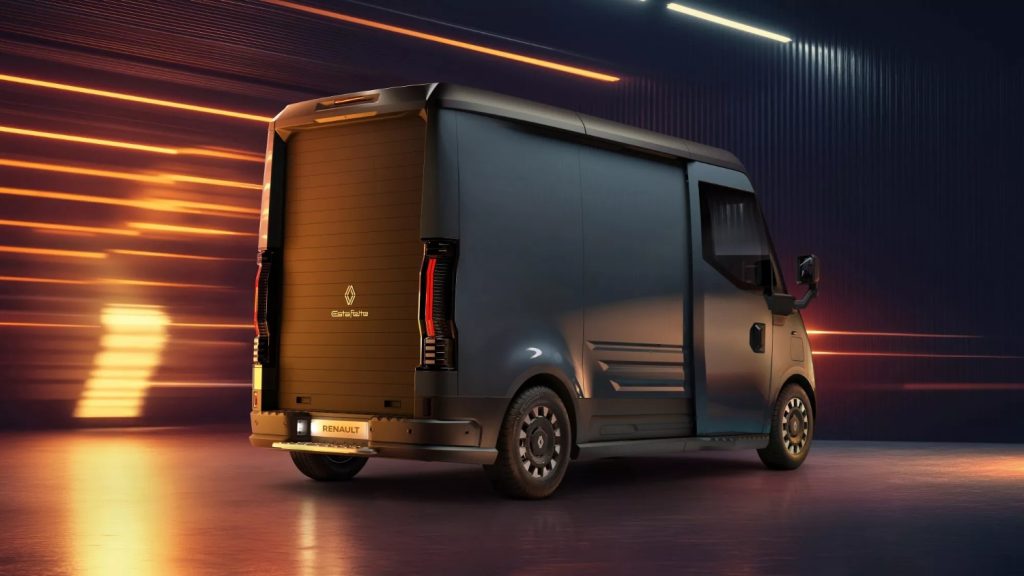
With this trilogy of light commercial vehicles, Renault positions itself at the forefront of technology. “Designed around software, they benefit from software and hardware updates throughout their lifecycle to support professionals and local authorities in their energy transition as effectively as possible, offering them a wide range of eco-responsible solutions. Thanks to their compact format, optimized ergonomics, and energy efficiency, they adapt perfectly to the most challenging urban conditions while simultaneously reducing operating costs,” said Alessandro de Rinaldis, Product and Revenue Manager of the Renault Trafic, Estafette, and Goelette.
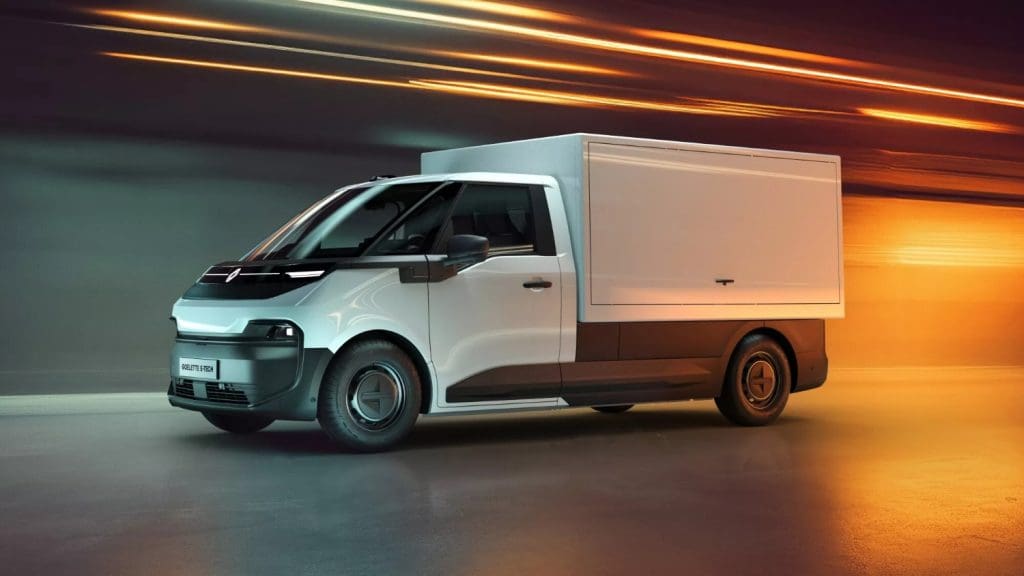
Renault also announced that all three new models will be produced in France, at the Renault Group factory in Sandouville.
